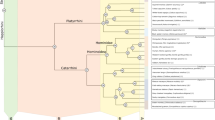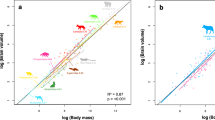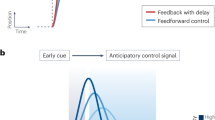Abstract
DR. G. JELGERSMA, of Meerenberg, has recently published two remarkable papers,1 in which he endeavours to explain the influence which leads to the production of the convolutions on the surface of the cerebrum and cerebellum. Many theories have been advanced to account for these. Several authorities have ascribed their presence to mechanical forces operating upon the brain from without, whilst others have sought to explain them by the supposition of different degrees of growth-tension acting upon the brain-surface; but in every case these theories, when submitted to the test, have broken down, in so far that it is impossible, by means of any of them, to show how it comes about that small animals have smooth brains, and large animals convoluted brains; how, in short, we should find in the beaver—an animal remarkable for its intelligence—a cerebrum almost entirely smooth, and in the sheep—an animal, shall we say remarkable for its dullness?—a brain with a high convolutionary system. Jelgersma not only explains this, but makes the apparent discrepancy the strongest pedestal of support to his theory. Briefly put, his views are as follows:—
This is a preview of subscription content, access via your institution
Access options
Subscribe to this journal
Receive 51 print issues and online access
$199.00 per year
only $3.90 per issue
Buy this article
- Purchase on SpringerLink
- Instant access to full article PDF
Prices may be subject to local taxes which are calculated during checkout
Similar content being viewed by others
References
" Ü ber den Bau des S ä ugethiergehirns, " Morphologisches Jahrbuch, June 1889; " Das Gehirn ohne Balkan ; ein Beitrag zur Windungstheorie, " Neurologisches Centralblatt, March 1890.
Author information
Authors and Affiliations
Rights and permissions
About this article
Cite this article
CUNNINGHAM, D. The Influences at Work in Producing the Cerebral Convolutions. Nature 42, 125 (1890). https://doi.org/10.1038/042125a0
Issue date:
DOI: https://doi.org/10.1038/042125a0



